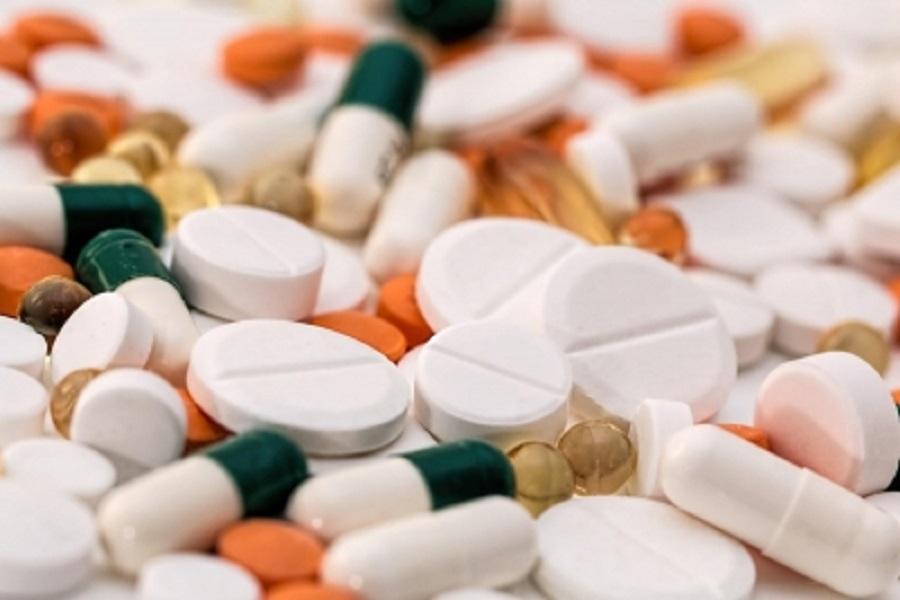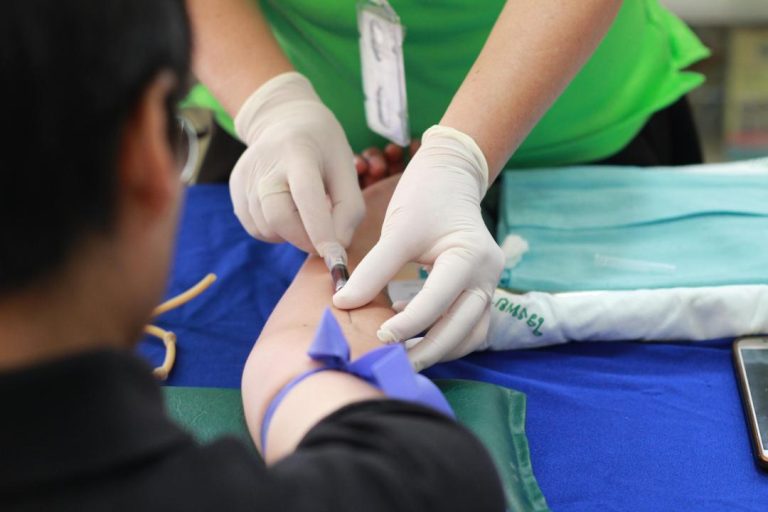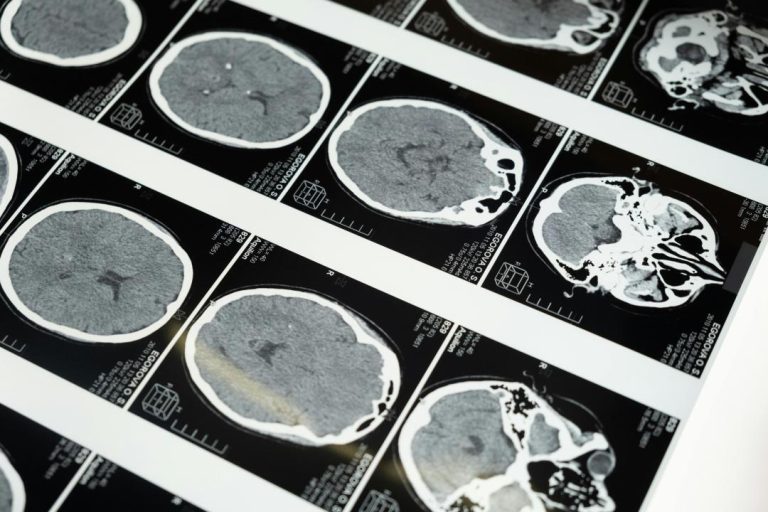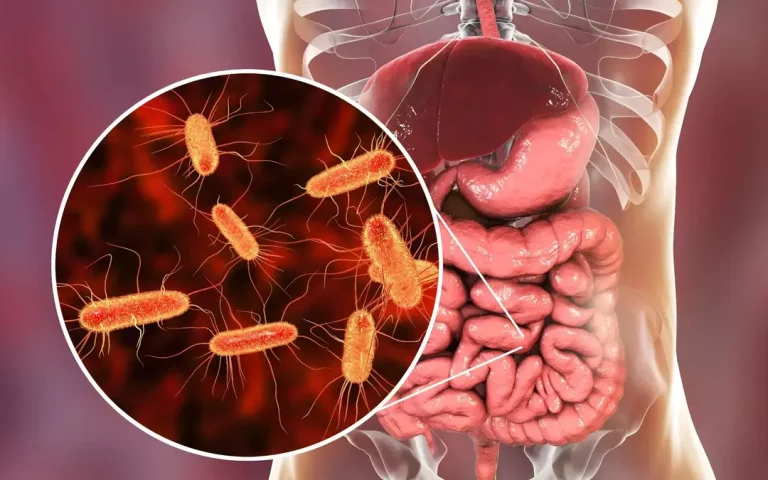
Electronics & Pharma Secure 70% of FY25 PLI Funds: Govt Data
The Production Linked Incentive (PLI) scheme, launched by the Indian government in 2021, has been a game-changer for the domestic manufacturing sector. The scheme aimed to boost domestic production and reduce dependence on imports by offering incentives to companies that manufacture goods in India. As per the latest data, the electronics and pharma sectors have emerged as the top beneficiaries of the scheme, securing nearly 70% of the total funds disbursed in FY25.
According to official data, the electronics sector received a whopping ₹5,732 crore, while the pharma sector got ₹2,328 crore. This makes them the top beneficiaries of the scheme, accounting for nearly 70% of the total ₹10,114 crore disbursed in FY25. The data also reveals that other sectors, including auto, textiles, and food processing, received significant amounts, but the electronics and pharma sectors dominated the list.
The PLI scheme was initially rolled out for 14 key sectors, including automotive, pharmaceuticals, textiles, and food processing, among others. The scheme offered incentives to companies that invested in manufacturing facilities, created jobs, and increased production. The scheme was designed to make India a manufacturing hub, reducing reliance on imports and increasing exports.
The electronics sector, which includes companies such as smartphones, laptops, and tablets, received the largest share of the funds. This is not surprising, given the growing demand for electronic goods and the government’s efforts to promote domestic manufacturing. The sector has seen significant growth in recent years, with many international companies setting up manufacturing facilities in India.
The pharma sector, which includes companies involved in the production of medicines, vaccines, and other healthcare products, received the second-largest share of the funds. This sector has also seen significant growth in India, with many companies expanding their manufacturing capabilities to cater to the growing demand for healthcare products.
The data also reveals that other sectors, including auto, textiles, and food processing, received significant amounts. The auto sector received ₹1,342 crore, while the textiles sector received ₹1,013 crore. The food processing sector received ₹813 crore, making it the fourth-largest beneficiary of the scheme.
The PLI scheme has been successful in attracting investments and boosting domestic manufacturing. The scheme has also created jobs and increased production, making it a significant contributor to India’s GDP. The government’s efforts to promote domestic manufacturing have been driven by the need to reduce dependence on imports and increase exports.
The success of the PLI scheme is a testament to the government’s commitment to promoting domestic manufacturing and reducing dependence on imports. The scheme has also shown that with the right incentives and policies, India can become a major manufacturing hub.
In conclusion, the data reveals that the electronics and pharma sectors have emerged as the top beneficiaries of the PLI scheme, securing nearly 70% of the total funds disbursed in FY25. The scheme has been successful in attracting investments, boosting domestic manufacturing, and creating jobs. As the scheme continues to evolve, it will be interesting to see how it shapes the future of India’s manufacturing sector.






